1、 Curing method
1. Soil: loose soil, good drainage performance and fertility are the basic requirements for planting Holly soil. It can be made of rotten leaf soil and sandy loam, which is the most suitable soil for cultivating holly
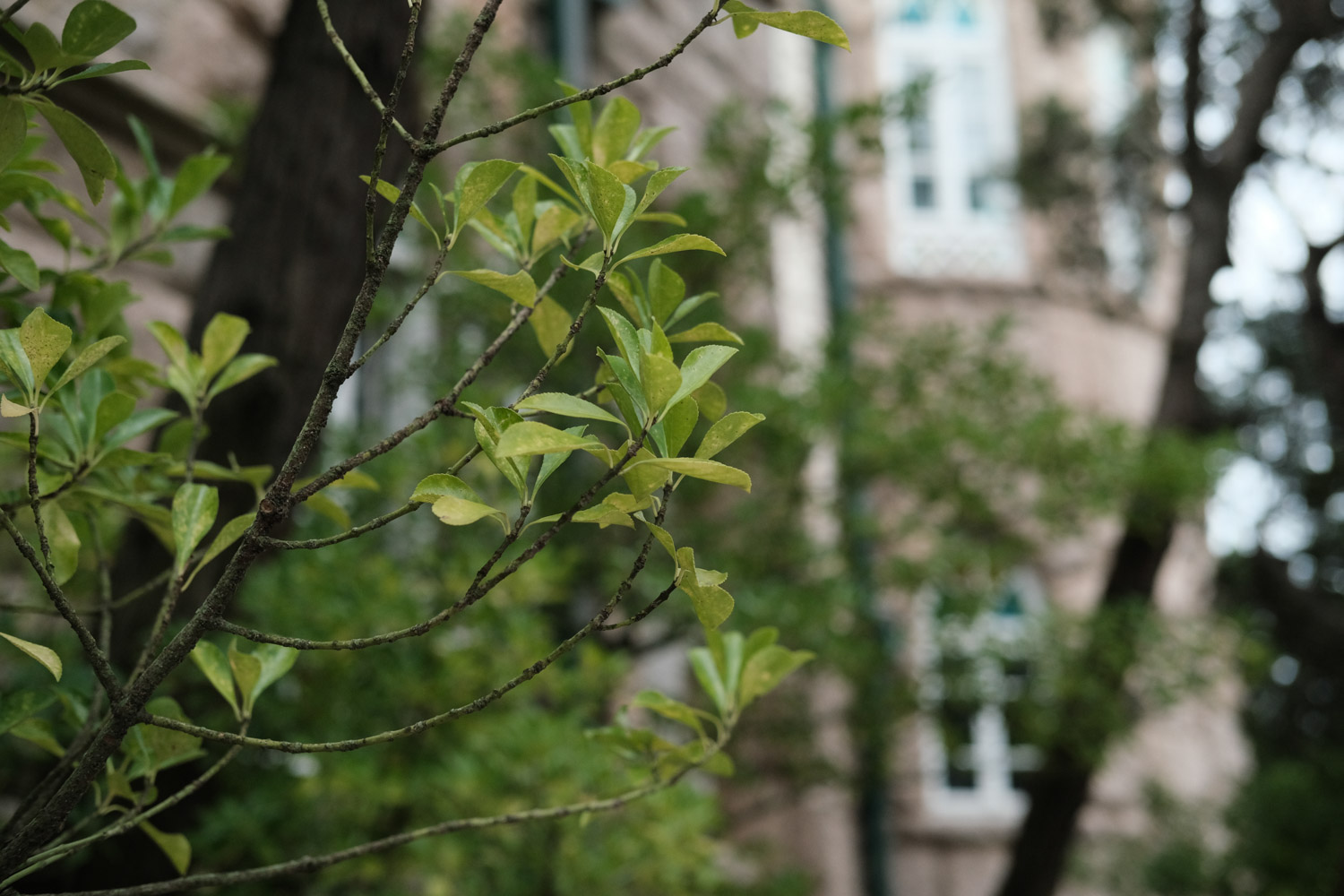
2. Moisture: during the growth period, as long as the soil is kept moist and there is no ponding, in addition to proper watering, the branches and leaves can also be sprayed with water to make the branches and leaves moist and moisturized
3. Nutrients: absorbing sufficient nutrients can make its leaves thick and hypertrophic. When applying fertilizer, nitrogen fertilizer is often diluted and supplied for absorption. In the vigorous growth period, you can apply fertilizer twice, and occasionally at other times
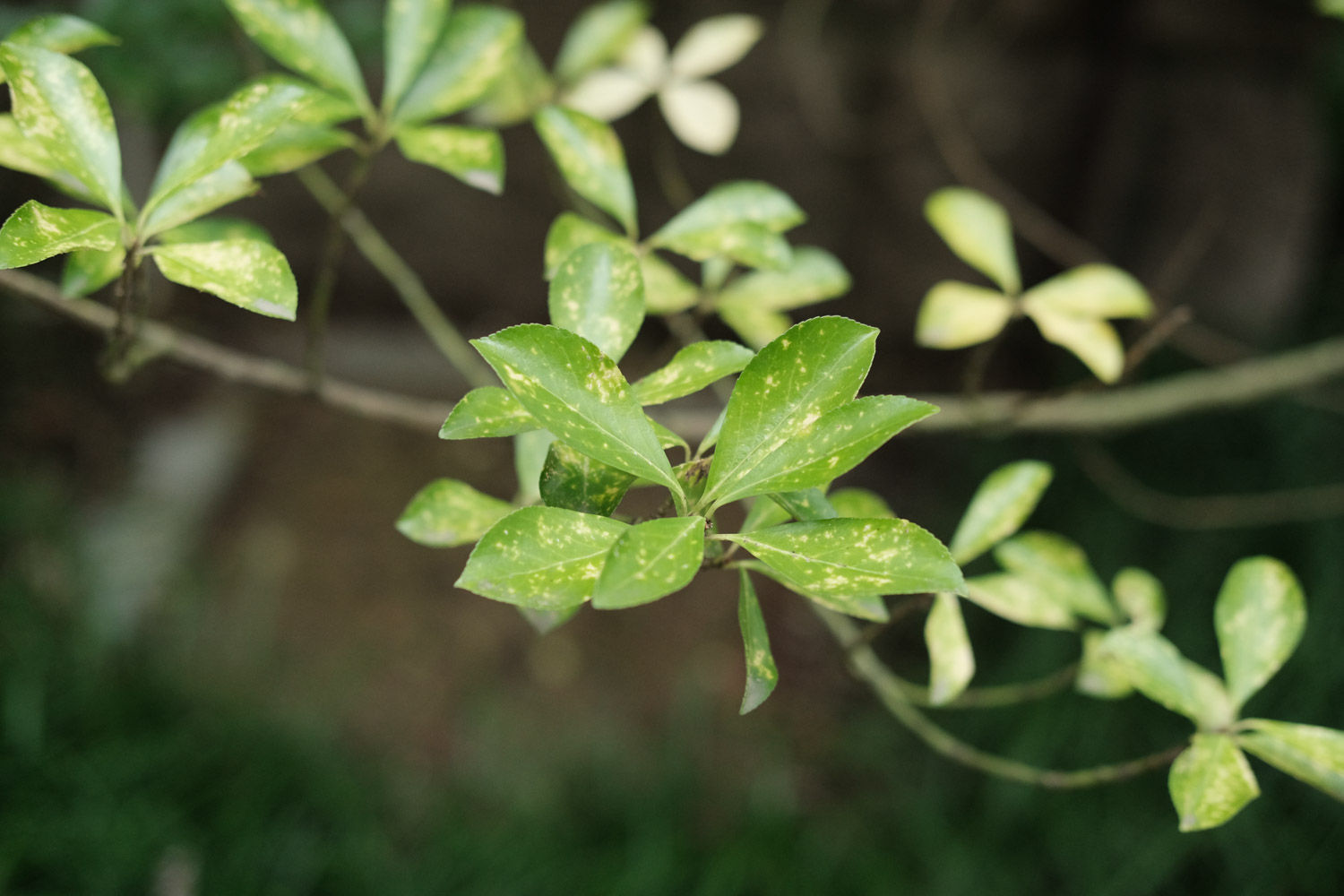
4. Light: like a mild and well lit environment. When it grows, it needs to be placed in a place with sufficient light, but it also needs appropriate shade to avoid strong light
2、 Breeding skills
1. Pruning: Holly is very resistant to pruning, especially in the period of long branch germination. Proper shaping and pruning are conducive to the growth of its branches and leaves
2. Propagation: cutting is often used for propagation, and the propagation time is more appropriate in plum rainy season. Select about eight centimeters of twigs, cut half of them in the soil, and then spray them with water. The time is about 30 days to take root and sprout
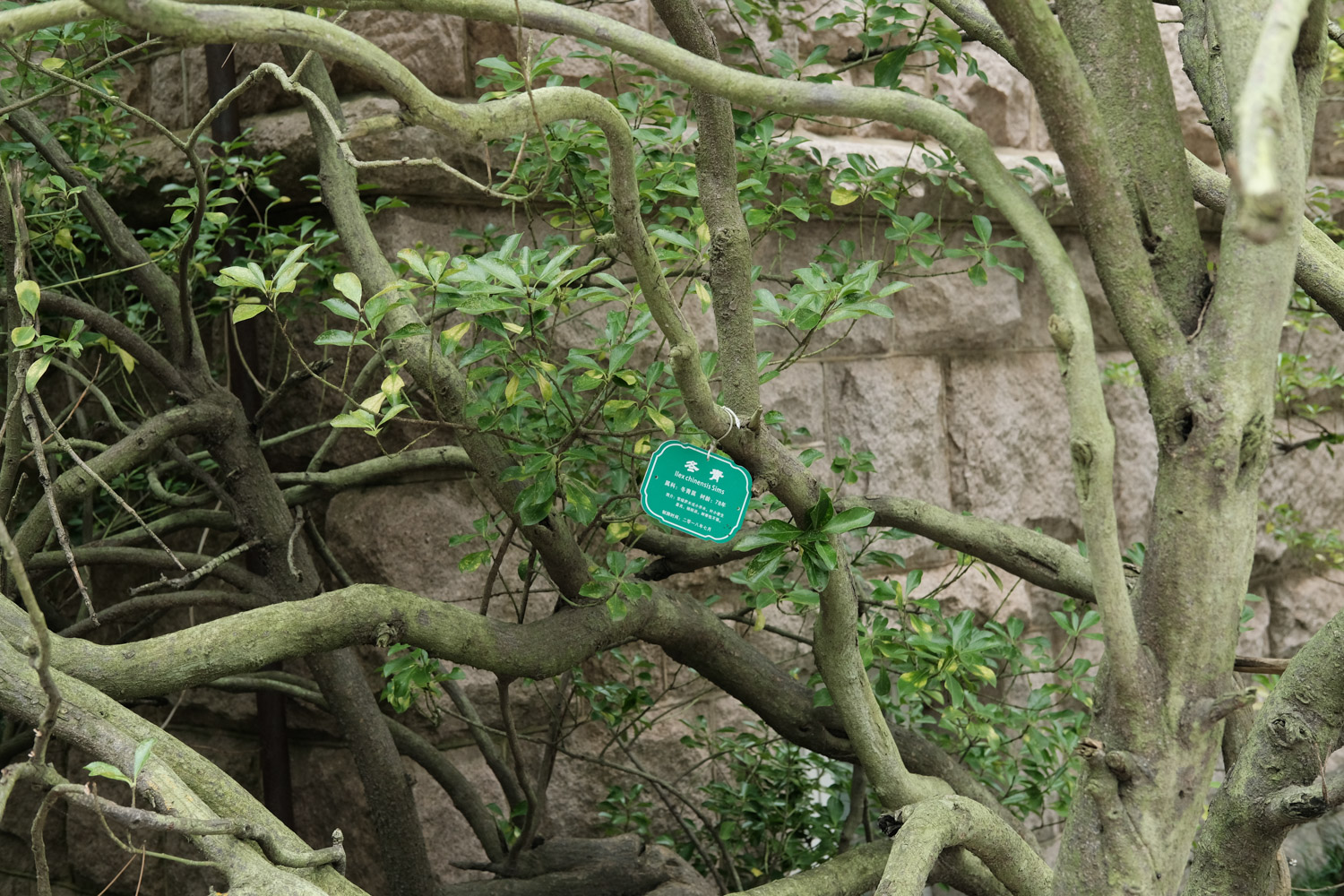
3、 Diagnosis and treatment problems
1. Leaf spot disease: the common disease of holly is leaf spot disease. The infected branches should be trimmed first, and then diluted with chlorothalonil and sprayed on me
2. There are yellow leaves inside the branch: during its growth period, there are often yellow leaves and wilting branches inside the branch, which is caused by the lush external branches and leaves and the lack of ventilation inside. The external branches should be properly trimmed to make them ventilated and transparent, so as to avoid the phenomenon of yellow leaves inside the branches
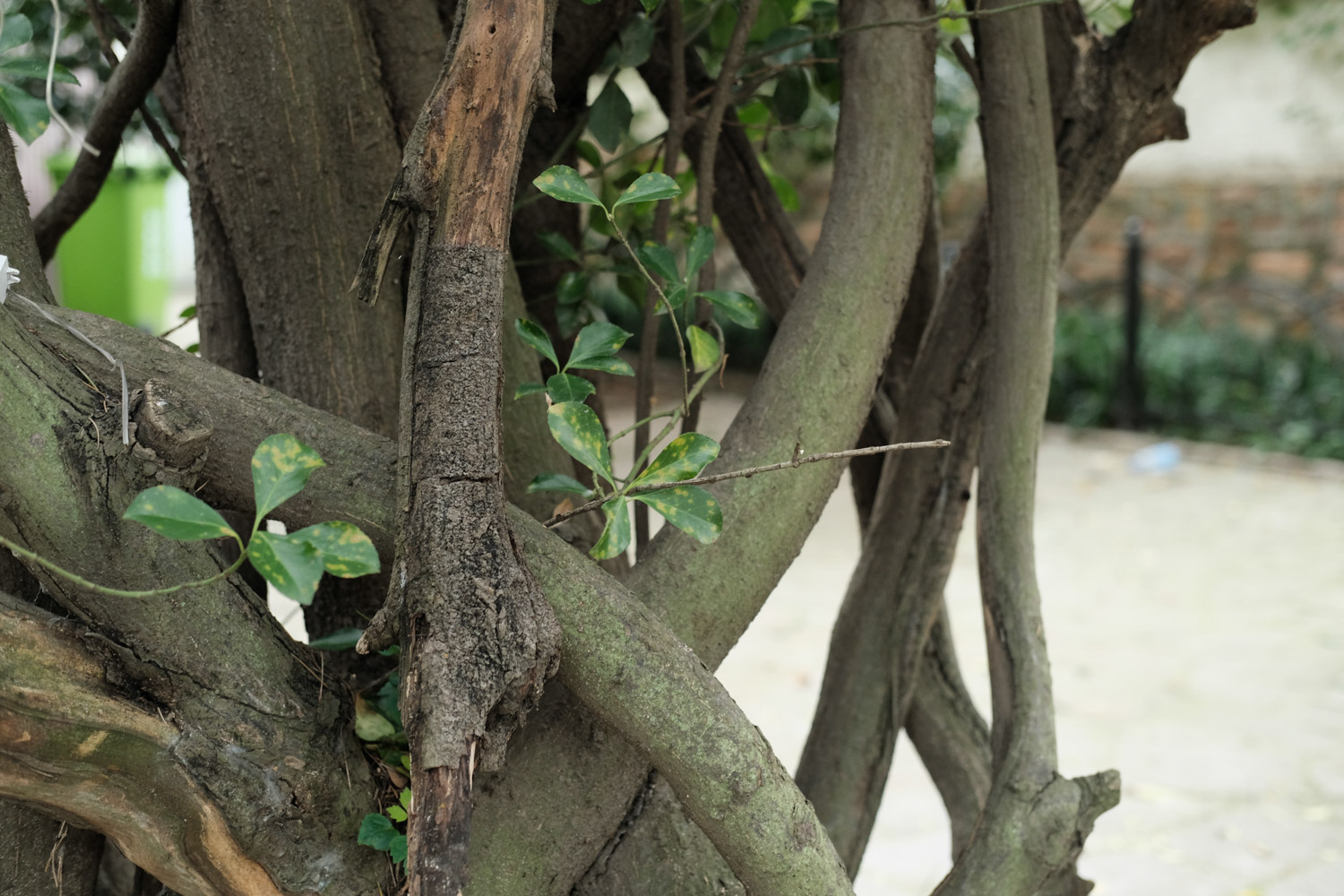
4、 Other issues
1. How to spend the winter: Holly has cold resistance, but when the temperature is too low, it can be protected from cold by stacking soil, so as to avoid frostbite at its roots
2. Toxic or not: Holly does not contain any toxicity. It is not only green and beautiful, but also easy to breed. The branches and leaves are thick, shiny and highly ornamental
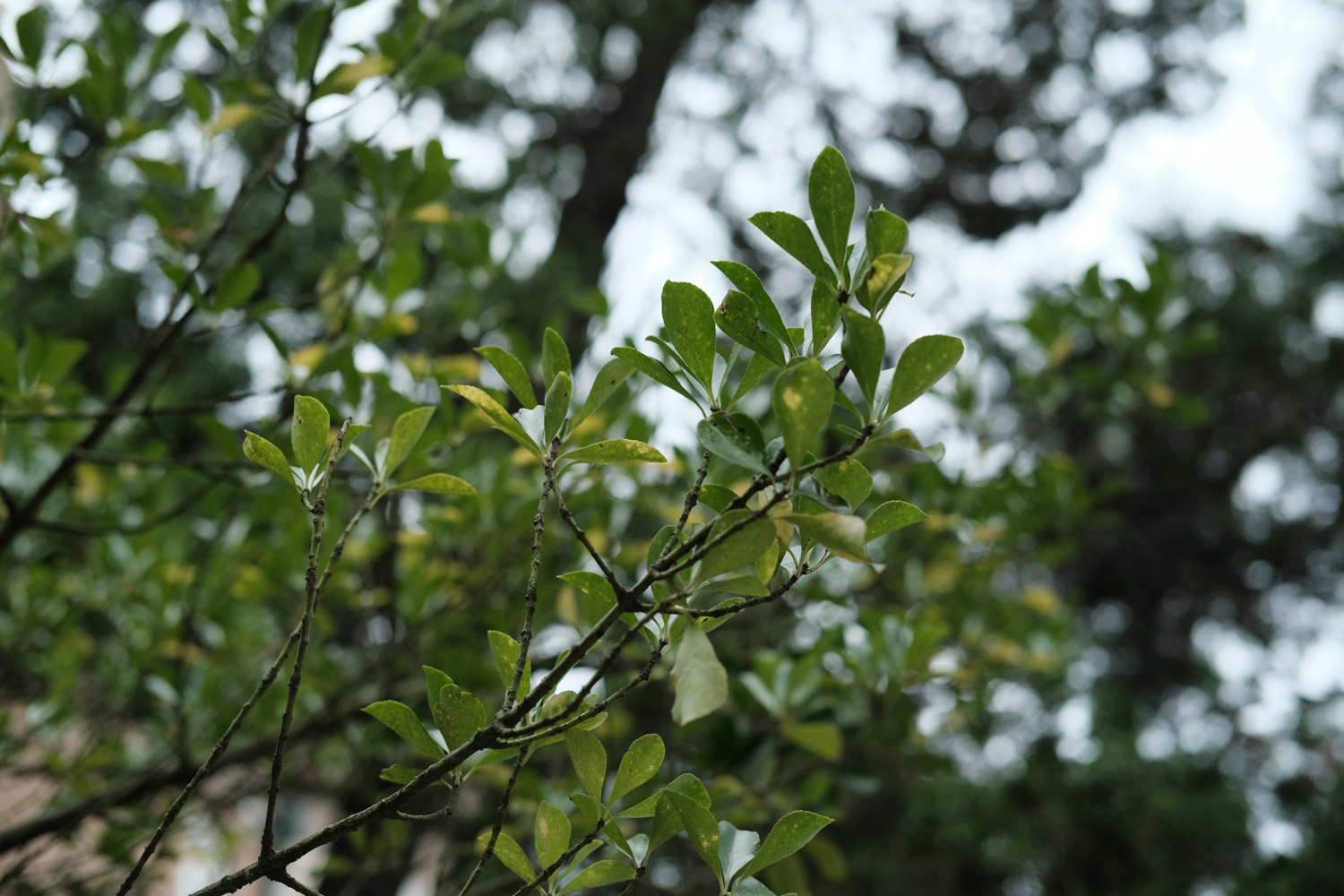

 jackfruit
jackfruit snake plant
snake plant hibiscus
hibiscus hydrangea
hydrangea lavender
lavender Green roses climb al...
Green roses climb al... If you don't pay att...
If you don't pay att... Management of four g...
Management of four g...
































